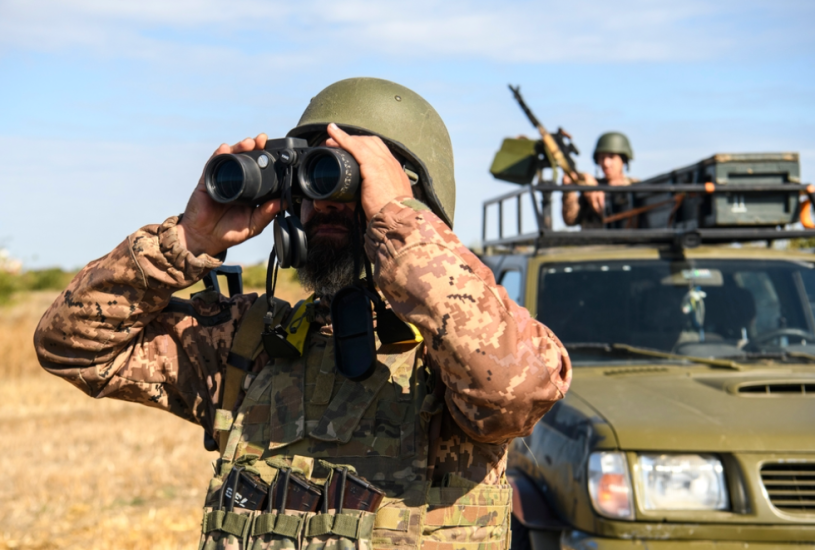NATO has issued a Request for Innovative Participation (RFIP) notice for industry and academia to propose innovative concepts, systems, or integrated architectures that can detect, prioritise, track, and neutralise fibre-optic-controlled FPV drones, and potentially other similar low-cost uncrewed threats. Responses are due by May 30.
A committee will select up to 10 solutions amongst the responses submitted to participate in the Innovation Challenge (IC) 25 Pitch Day projected to be June 20, 2025. Participation in the Pitch Day will be either on-site, in Tallin, Estonia or online. An Advisory Panel will then assess the systems.
“Since late 2024, the Russian Federation has introduced a new generation of fiber-optic-controlled First Person View (FPV) drones on the battlefield,” the RFIP states. “These drones are resistant to electronic warfare and jamming due to the use of fibre-optic tethered communication links. This advancement, first recorded in the Kursk region and later expanded across Donetsk and Zaporizhia, has escalated the threat level, presenting new challenges for NATO and its partners. EW counter-UAS systems are ineffective against this type of drone. The combination of high maneuverability, jamming immunity, and low visual and radar signature makes these drones particularly dangerous to frontline troops and forward elements.”
The RFIP is intended for discovery purposes only, not to solicit any type of contracts. However, relevant solutions could potentially support development of future requirements and the RFIP notes that solutions submitted should “be deployable within 6-12 months” and have “strong potential for mass production in Ukraine”.
NATO is interested in both kinetic and non-kinetic systems, which should be able to detect and track drones as small as 300x300x100 mm in adverse weather and at night. Systems should be lightweight (ideally under 100 kg), able to be mounted on a vehicle and have the ability to detect and target at up to 40-50 km/hour.
For more information
Image: Shutterstock




